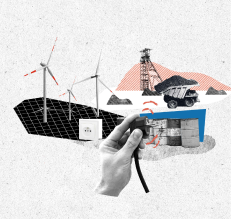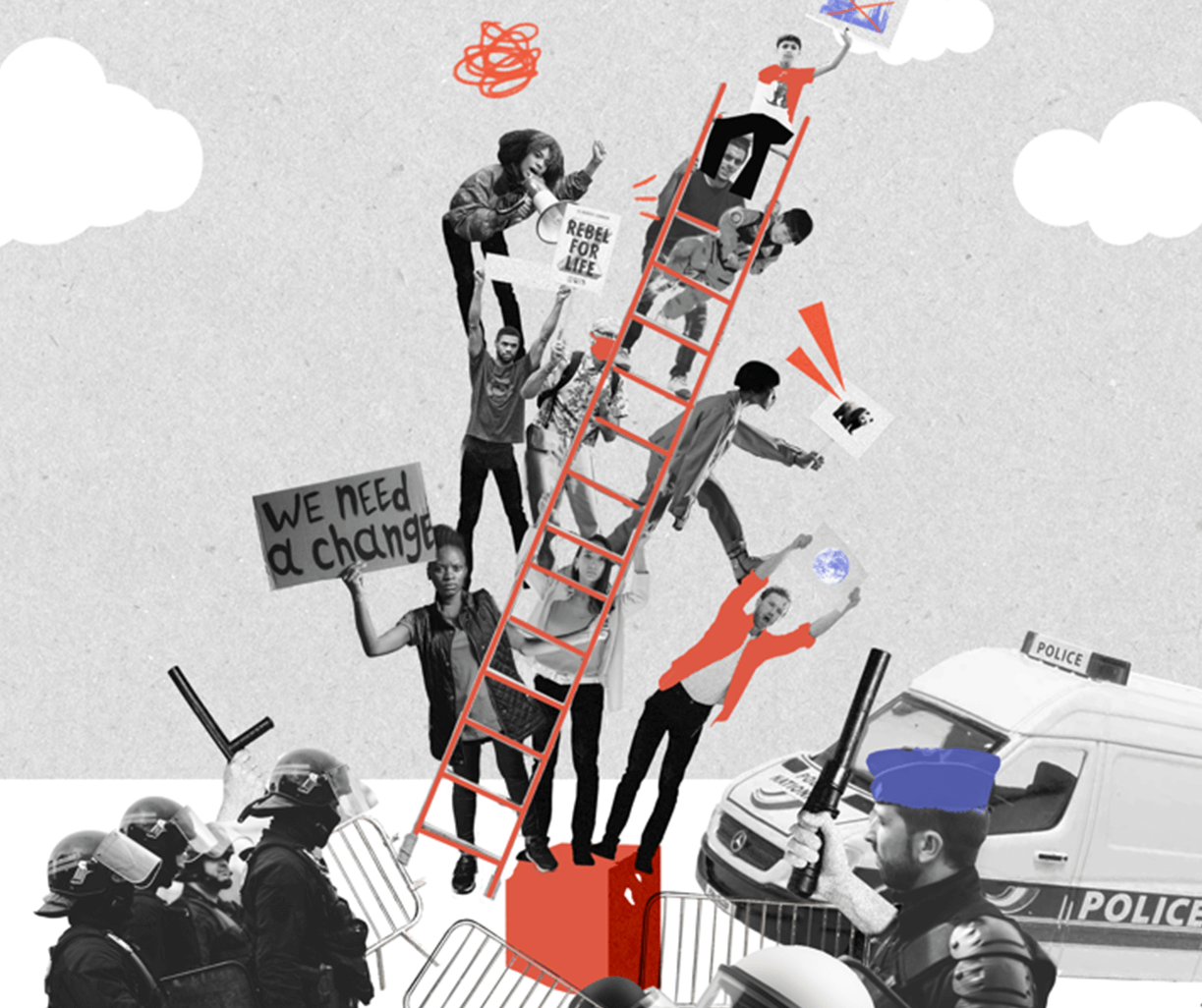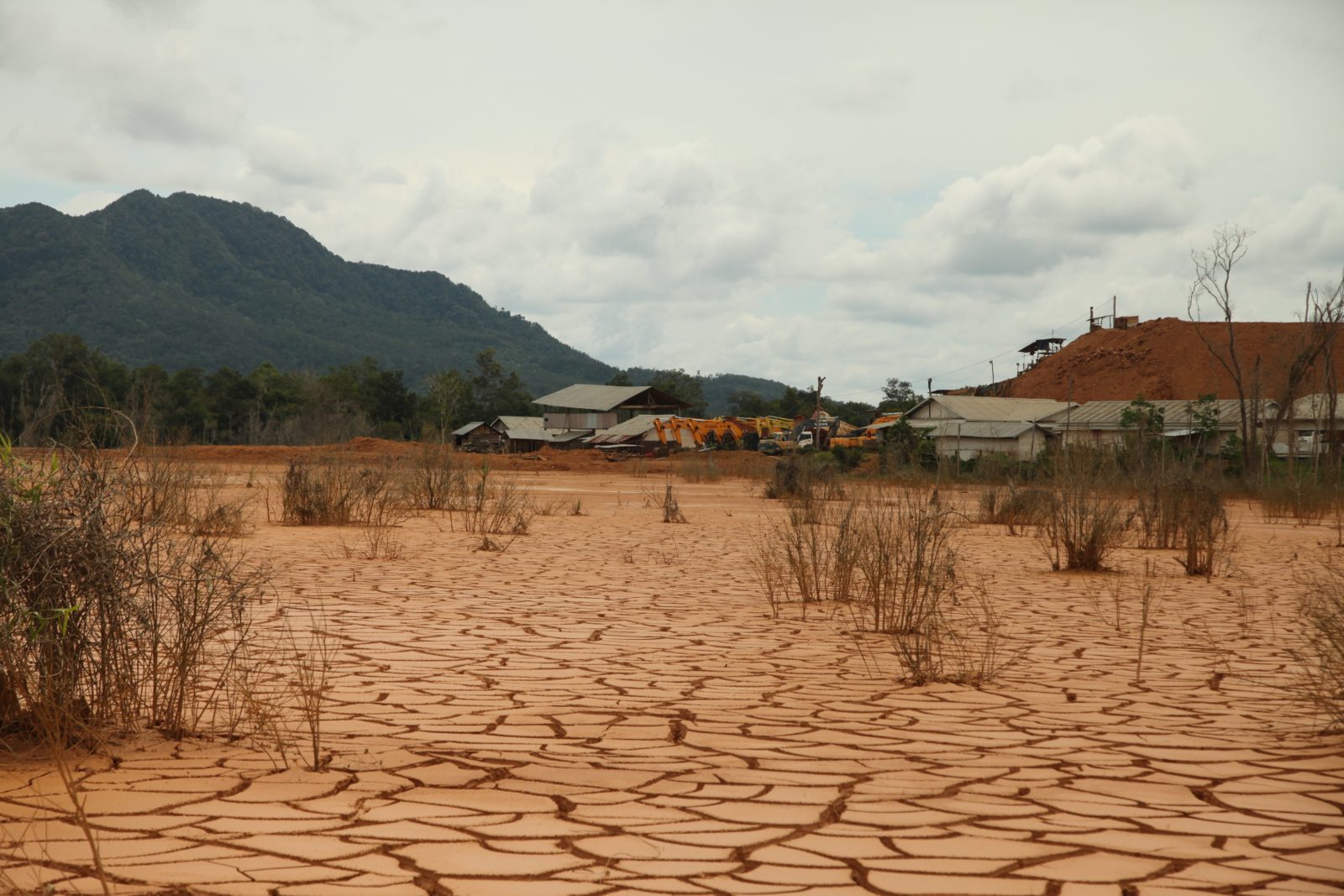As the EITI Standard is being revised this month, it must make environmental transparency a requirement
It’s there in the name. The Extractive Industries Transparency Initiative (EITI) works to promote the transparency needed to prevent corruption, mismanagement and waste, so everyone can benefit from natural resources and no one is harmed by extraction. The need for fiscal transparency is well established – but another aspect is often overlooked. If extraction is to truly benefit communities and countries, social-environmental costs and impacts must be transparent too.
A unique opportunity for transparency
The EITI Standard for natural resource governance currently lacks requirements for the environmental costs, impacts and monitoring of extraction to be published. That’s why Publish What You pay (PWYP) – along with allies worldwide – is calling for the Standard to include environmental reporting. These requirements are needed to ensure information on the environmental effects of extraction is made public – for example, how much water a mining project consumes, fines paid by a company for environmental violations, information about evaluation of environmental impact assessment and monitoring or fees paid through mitigation plans. 28 EITI countries publish such information voluntarily. With the revision of the Standard in February 2019, the EITI has an exciting opportunity to extend this essential practice by making environmental reporting compulsory.”
The timing couldn’t be better. Environmental regulations and reporting practices in the extractive sector are currently inconsistent and inadequate. Many are being weakened by governments seeking greater profit from extraction, to offset commodity prices or meet development targets. In response, there is increasing public and local demand for information on the environmental impacts of extractive activities, so people can assess their real cost and participate in decision-making.
Environmental secrecy, devastating costs
Weak environmental regulation has serious consequences. In Brazil, for example, over 200 people died and 345 remain missing after a dam containing more than 12 million cubic meters of mining waste ruptured [25 January] – repeating a similar human and environmental catastrophe nearby three years previously. Increased extraction has fuelled a rise in conflict in Latin America and Caribbean. In Peru, more than 60% per cent of conflicts are linked to energy and mining projects, with two thirds concerning environmental issues. In Cerro San Pedro, Mexico, mining communities were given false results of an environmental impact assessment, causing sustained conflict and irreversible environmental damage. Bantay Kita-PWYP Philippines is working with indigenous communities as extractive industries destroy their previously pristine ecology, undermining livelihoods, health and social cohesion. In response to Burkina Faso’s mining boom, the national EITI board commissioned a report to measure the transparency of greenhouse gas emissions from the sector. The country’s PWYP coalition is using the findings to promote emissions reductions.
Reflecting public opinion
With the environment so intrinsically linked to extractive project viability, it’s essential that the EITI makes reporting of environmental costs compulsory. This would reflect global public opinion and demands of local communities. People increasingly want advance information about the environmental effects of extractive activities. Conservation organisations around the world have recently written to the EITI Board and Secretariat calling for the Standard to include reporting on climate risks. Civil society organisations in Latin America and Caribbean have issued a strong call for inclusion of environmental information in the Standard, based on context of several cases of environmental pollution and socio-environmental conflicts in the region and the report by the Latin American Network on Extractive Industries, analysing socio-environmental information in EITI processes across the region.
Inclusion of environmental reporting would also reinforce EITI practice. The Standard already requires disclosure of social payments, but without information on environmental reports, the social costs of extraction can never be known. Including environmental information would provide a comprehensive overview of the impact of extractive activities. At least 28 of the EITI’s 51 member countries already report environmental and social information voluntarily. More than 20 countries’ reports have included information on the environmental legal framework governing the extractive industries. Others have promoted increased environmental transparency through national EITI multi-stakeholder group work-plans, while some countries include environmental revenues and expenses in reporting on extractive revenue distribution.
Living up to the EITI name
Revision of the EITI Standard offers an unmissable opportunity for governments, business and civil society to make environmental reporting universal and consistent – essential to transparency in the extractive sector. So that people can judge accurately whether a project is beneficial, the Standard should ensure that reporting includes:
- Project-level information from all environmental and social assessments, showing the true impact of extractive activity on ecosystems and communities
- All environmental and social payments and expenses – including from impact studies, acquired rights, licences, fines, compensation and remediation
- All licences and environmental authorisations, disaggregated by company and project – including how the authorities monitor environmental commitments and information.
By including full environmental disclosure its Standard, the EITI can live up to its name and promote true transparency in natural resource governance. This will help communities, companies, governments and investors assess the true impact of extractive activities – so the extractive sector is fair and sustainable, and improves people’s lives.











